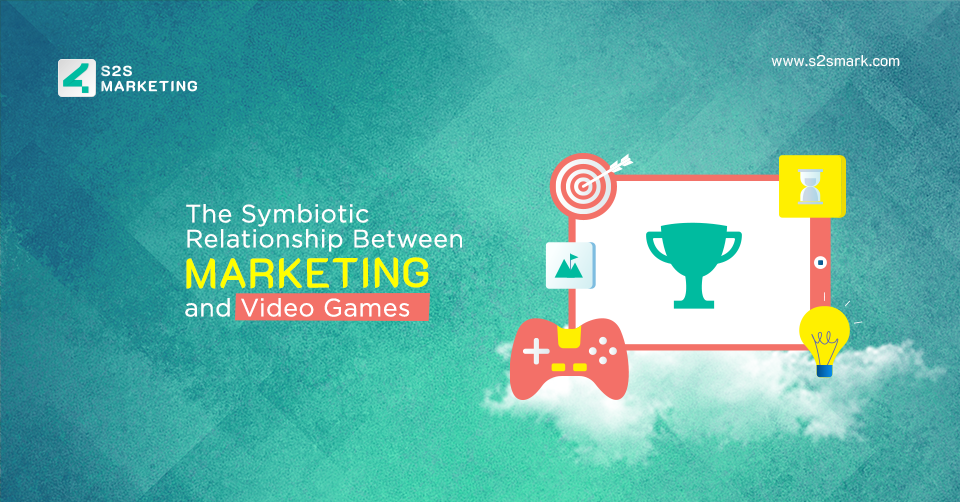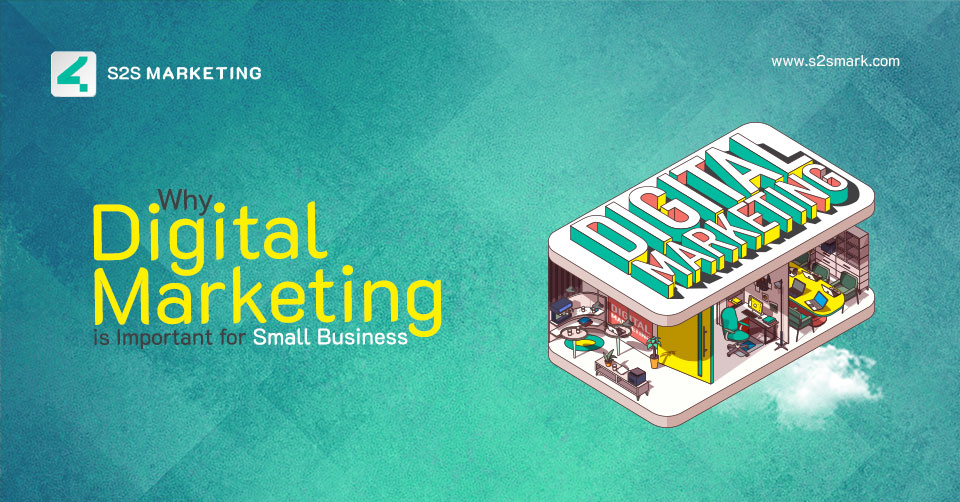In the digital age, video games have evolved from mere entertainment to a multi-billion-dollar industry that captivates millions of players worldwide. One crucial aspect that contributes to the success of video games is marketing. Marketing plays a pivotal role in shaping the perception, anticipation, and consumption of video games. This blog delves into the intricate relationship between marketing and video games, exploring how marketing strategies have evolved and adapted to the dynamic gaming landscape.
1. The Evolution of Video Game Marketing
Video game marketing has come a long way since the early days of arcade machines and cartridges. In the past, marketing was limited to print media, word-of-mouth, and perhaps a few television advertisements. However, technological advancements have revolutionized marketing strategies, enabling game developers to reach a global audience with unprecedented precision.
2. Target Audience and Player Personas
Understanding the target audience is paramount in video game marketing. Game developers and marketers create player personas, detailed profiles of typical players, to tailor their strategies effectively. This involves analyzing demographics, preferences, playing habits, and purchasing behavior. By knowing their audience, marketers can develop content, advertisements, and communication channels that resonate with players, building a strong connection.
3. Pre-Release Hype and Teasers
Building anticipation before a game’s release is an essential aspect of video game marketing. Teaser trailers, sneak peeks, and gameplay demonstrations generate excitement and intrigue among players. The art of creating a perfect teaser involves revealing enough to arouse interest while maintaining an air of mystery. This pre-release hype contributes to initial sales and helps establish a dedicated player base.
4. In-Game Advertising and Monetization
Video games have embraced innovative monetization models, such as freemium, where games are free to play but offer in-game purchases. This model, coupled with in-game advertising, opens new avenues for marketers. Integrating relevant brands within a game’s world can enhance realism and generate additional revenue. However, the challenge lies in striking a balance between monetization and player experience to avoid alienating the audience.
5. Social Media and Influencer Marketing
The rise of social media has transformed how video games are marketed. Platforms like Twitter, Instagram, and YouTube provide developers direct access to players, allowing them to share updates, engage in conversations, and gather feedback. Additionally, influencer marketing has gained prominence, where content creators with a substantial following promote games through reviews, gameplay videos, and live streams, effectively reaching a wider audience.
6. Esports and Competitive Gaming
The emergence of esports has revolutionized video game marketing. Esports tournaments attract massive viewership, creating opportunities for brands to sponsor events, teams, and players. These partnerships expose games to a global audience and elevate their status within the gaming community. Effective marketing strategies within the esports realm involve engaging storytelling and seamless integration of sponsors’ messages.
7. Post-Launch Support and Updates
Successful video game marketing doesn’t end at launch; it extends into the post-release phase. Continuous support through updates, downloadable content (DLC), and expansions keeps players engaged and invested in the game. Effective communication about these updates enhances the player experience and fosters a sense of community around the game.
8. User-Generated Content and Community Involvement
Encouraging players to create and share their content, such as fan art, mods, and gameplay videos, is a powerful marketing strategy. User-generated content not only extends the game’s lifespan but also serves as authentic endorsements. Game developers often engage with their communities through forums, social media, and live streams, fostering a sense of belonging and loyalty.
9. Crossover Collaborations and Licensing
Collaborations between video game franchises and other brands, such as movies, TV shows, or other games, have become increasingly common. These collaborations attract fans from both sides and create a buzz around the game. Similarly, licensing game-related merchandise enhances the game’s presence beyond the digital realm.
10. A Successful Campaign
Drawing from the triumph of its forerunner, the dystopian first-person shooter BioShock 2 faced substantial expectations. By March 2009, the marketing team at 2K Games had introduced the immersive viral site named “Something in the Sea,” which targeted the enthusiastic core fanbase, as noted by Gamespot.
Then, on August 8 of the same year, fabricated wine bottles, adorned with captivating posters, were deliberately placed on ten beaches worldwide, effectively fueling anticipation through a meticulously orchestrated viral campaign. This initiative unveiled the bottles’ locations to ardent supporters, enticing them to embark on a hunt.
The grandiose game trailer made its debut during a commercial break on “Late Night with Jimmy Fallon” on February 2, 2010, just a week ahead of the game’s launch. Amplifying the effort further, 2K’s most extensive campaign leveraged magazine inserts, handcrafted posters, and downloadable content, while extending its reach to Joey Logano’s NASCAR vehicle, which bore BioShock 2 artwork. The culmination of these endeavors culminated in BioShock 2 attaining the position of the best-selling game for February 2010.
Conclusion
The symbiotic relationship between marketing and video games showcases how both industries have evolved together, influencing each other’s strategies and growth. Video game marketing has transitioned from traditional methods to a dynamic mix of digital platforms, influencers, and immersive experiences. As the gaming landscape continues to evolve, marketers will need to adapt and innovate to capture the attention of an ever-discerning audience and contribute to the ongoing success of the video game industry.





